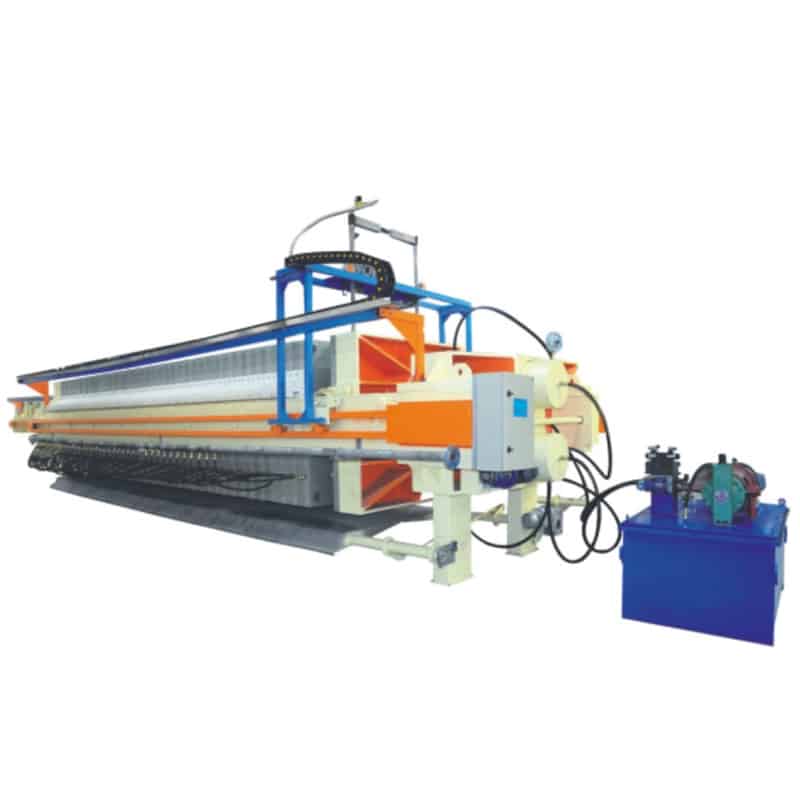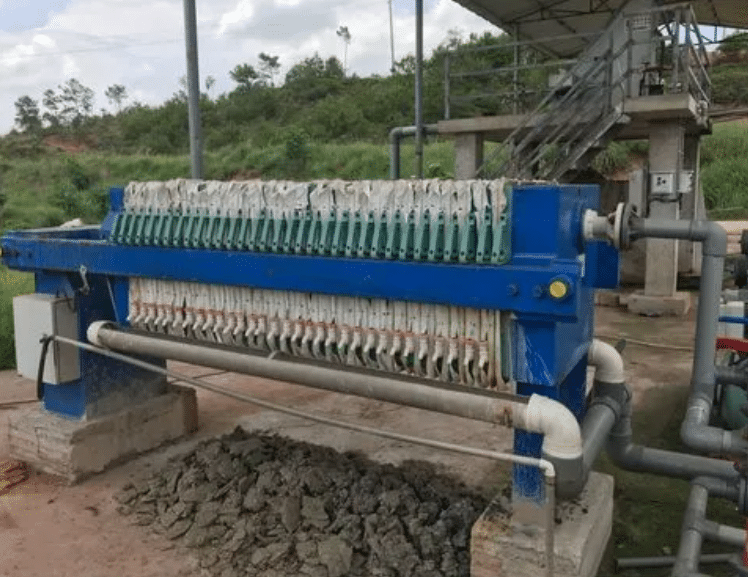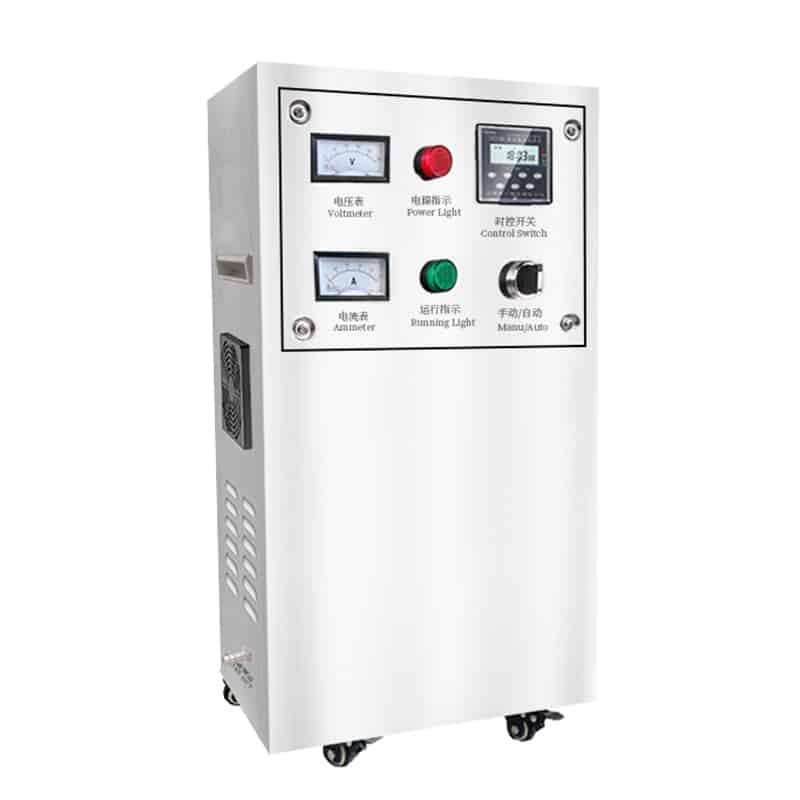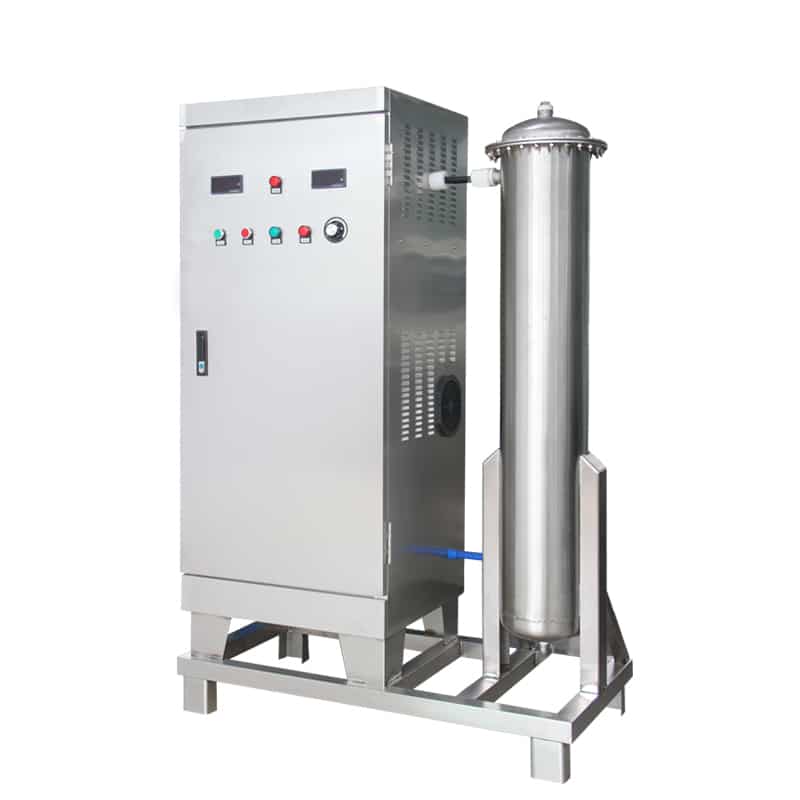In modern water treatment systems, “Reject Water” (concentrated water or wastewater) is the residual body of water that cannot be used directly for drinking or industrial purposes. It is often a by-product of various water treatment processes such as reverse osmosis, wastewater treatment and desalination. Reject water contains high concentrations of dissolved salts, minerals, organics and other contaminants, and therefore requires proper treatment and disposal to avoid environmental impacts. With global water scarcity and the need for sustainable development, managing and effectively utilizing this “by-product water” has become particularly important.
Source of Reject Water
Reject water can come from different types of water treatment processes. Below are the three main sources that are commonly used:
- Reverse Osmosis (RO) Systems
Reverse osmosis (RO) is a common water treatment technology that separates pure water from dissolved salts and contaminants through a semi-permeable membrane. In this process, only a portion of the water passes through the membrane, resulting in clean water, while the dissolved substances blocked by the membrane are concentrated in the remaining water, forming what is known as “concentrated water” or reject water.Reverse osmosis systems are commonly used in home water purifiers, industrial water treatment, and desalination plants.
Reject water problem: Reject water produced by reverse osmosis usually contains high levels of total dissolved solids (TDS), especially salt and other minerals, and the discharge of this highly saline water can cause environmental pollution, especially in arid or water-limited areas.
- Wastewater Treatment Systems
In industrial or municipal wastewater treatment, wastewater usually undergoes multiple processes to remove pollutants. However, not all water meets the criteria for reuse. Some water bodies still contain high concentrations of pollutants, such as heavy metals, organic compounds or suspended solids, after physical, chemical or biological treatment. This part of the concentrated wastewater is known as reject water.
Reject water problem: Industrial reject water may contain a large number of harmful substances, and if it is discharged directly without treatment, it may pollute rivers, groundwater or soil.
- Desalination System
Desalination is an important method of extracting fresh water from seawater, especially in coastal areas where water is scarce. The desalination process usually produces two components: Fresh Water and Reject water, which is concentrated water with a high concentration of salts and minerals, usually 40-50% of the original seawater.
Reject water problem: Highly saline reject water, if discharged directly back into the ocean, can alter the surrounding marine ecosystem and endanger marine life.
Challenges of Treating Reject Water
Reject water typically contains high concentrations of dissolved substances, which presents the following challenges for treatment and discharge:
- High salt concentration: The high salinity of concentrated water can lead to wasted water and cause scaling and corrosion problems in treatment equipment.
- Contaminant concentration: Reject water may contain high levels of difficult to degrade organic matter, heavy metals or chemical contaminants that require specialized treatment.
- Environmental impact: If discharged directly without treatment, reject water may contaminate rivers, soil or marine ecosystems.
How to Effectively Treat Reject Water?
To address these challenges, the water treatment industry employs a variety of techniques to manage and treat reject water, below are a few common treatment methods:
- Reject water recycling systems
Some Reverse Osmosis systems return reject water to the raw water and pass it through the RO membrane again to improve fresh water recovery. This method helps to reduce the total amount of reject water and maximize the output of pure water. - Concentration and evaporation of concentrated water
In some high saline water treatment systems, reject water is further concentrated by evaporating the water through an evaporation cell or evaporator, leaving a solid waste that can be treated. This is particularly common in Zero Liquid Discharge (ZLD) systems, where contaminants are concentrated to a solid form for safe disposal by thickening all wastewater. - Filter press equipment
A filter press is a piece of equipment used for solid-liquid separation and is particularly well suited to treating reject water that contains high concentrations of suspended solids. the filter press squeezes the water out of the reject water under pressure, leaving behind solids or a sludge cake that contains contaminants. the filter press is used for the treatment of industrial wastewater and for the treatment of wastewater that is not in a liquid state. Filter presses are widely used in the industrial wastewater treatment, mining and chemical industries to effectively reduce the volume of wastewater and dispose of the remaining solids for further treatment or safe disposal.


- Chemical treatment and advanced oxidation
The use of chemicals or advanced oxidation techniques (e.g., ozone treatment, UV irradiation) can degrade organic pollutants and harmful chemicals in concentrated water. In particular, high concentrations of organic matter and toxic pollutants in industrial wastewater often require these technologies to achieve purification.


- Energy recovery technology
In desalination and reverse osmosis systems, energy recovery equipment (such as pressure exchangers) can be reject water in the high-pressure energy recovery and used to treat other bodies of water, which not only reduces the operating costs of the system, but also reduces the discharge of concentrated water.
The Future of Reject Water
With water resources becoming increasingly stressed, the efficient treatment and reuse of reject water will be an important issue for the water treatment industry in the future. More and more research and technological innovations are working to improve the recycling of concentrated water and reduce its negative impact on the environment.
- Recovery of salts and minerals: In some cases, the salts and minerals in reject water can be extracted through further treatment and used for industrial production or agricultural fertilization.
- Agricultural and industrial use: Treated reject water can be used in agricultural irrigation or industrial cooling systems to reduce dependence on fresh water sources.
Overall, reject water is no longer just a waste product, it can be transformed into a valuable resource with the right technology and innovation. This transformation not only helps us to address the global water crisis, but also reduces the environmental impact of wastewater treatment.
Summary
The treatment of reject water is an important part of modern water treatment technology. As technology advances, more and more companies and water treatment organizations are beginning to recognize the importance of managing reject water appropriately and maximizing water efficiency through a variety of innovative means. Whether it’s reverse osmosis, wastewater treatment or desalination, the effective treatment and reuse of reject water in the future will be key to ensuring sustainable development.
If you are looking for ways to optimize your water treatment processes, increase your capacity and reduce your environmental footprint, KUOSI offers customized solutions to help you turn challenges in reject water into opportunities that are both environmentally friendly and profitable. Contact us today to learn more about how the latest water treatment technologies can improve your business competitiveness!
